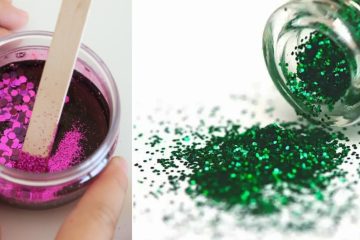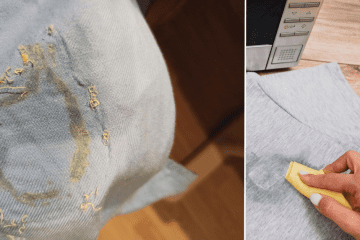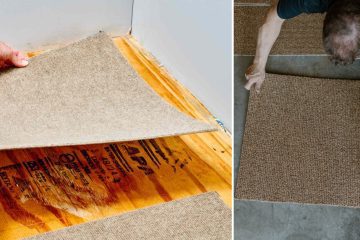Dealing with stubborn adhesive residue on aluminum surfaces can be a frustrating experience. Whether you’re working on a home improvement project, restoring an old appliance, or revamping a piece of furniture, those pesky glue stains can be a real nuisance. But fear not, my friends! This guide will equip you with the knowledge and techniques for how to remove glue from aluminum.

Key Takeaways:
- Understand the adhesive type and aluminum surface before attempting removal.
- Use heat, solvents, abrasives, or a combination for effective removal.
- Prioritize safety by taking proper precautions when using chemicals.
Understanding Adhesives and Aluminum
Before we dive into the nitty-gritty of removal methods, let’s take a moment to understand the nature of the beast we’re up against. Adhesives come in various forms, from sticker residue and carpet glue to epoxy and construction adhesives. Each type poses its unique challenge when it comes to removal.
On the other hand, aluminum surfaces can be a mixed bag. Non-porous and smooth, they can make adhesive removal a real headache. Anodized aluminum adds an extra layer of complexity, as you’ll need to take special precautions to avoid damaging the surface treatment.
Preparation and Safety Precautions
Like any good adventure, preparation is key. First things first, set up a well-ventilated work area. Trust me; you don’t want to be breathing in those noxious fumes. Next, gear up with protective equipment like gloves, goggles, and a respirator (if you’re feeling particularly adventurous).
Safety should always be a top priority when dealing with hazardous solvents. Read those labels carefully and follow the instructions for the letter. Avoid skin contact, inhalation, and any potential fire hazards. And for goodness’ sake, keep a first-aid kit handy, just in case.
4 Effective Methods for How to Remove Glue From Aluminum
Here are four effective methods for how to remove glue from aluminum:
Method 1: Heat and Mechanical Removal
Sometimes, a little heat can go a long way. You can soften that stubborn adhesive using a heat gun or hairdryer, making it easier to scrape off with a putty knife or plastic tool. Just be careful not to overheat the aluminum surface, or you might end up with a warped mess on your hands.
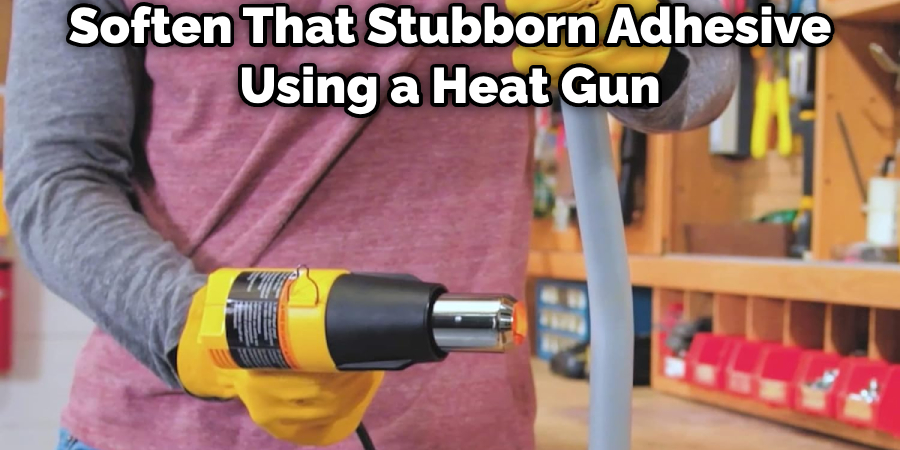
Method 2: Chemical Solvents
If heat alone isn’t cutting it, it’s time to bring in the big guns: chemical solvents. Acetone, a powerful solvent, can dissolve many types of adhesives, but handle it with care – it’s not exactly a gentle giant. On the other hand, Xylene is a real workhorse for cured epoxies and stubborn glues.
For a milder approach, try methyl hydrate (also known as methyl alcohol). It’s a versatile solvent that can tackle various adhesives, including super glues, without being overly harsh on your aluminum surface.
And let’s not forget about commercial adhesive removers like Goo Gone, UnMask, and Rapid Remover. These specialized products are specifically designed to break down adhesive bonds, making your life a whole lot easier.
Method 3: Abrasive Techniques
Sometimes, you just need to get a little rough. Fine steel wool or abrasive pads, like Scotch-Brite, can be your secret weapon against stubborn adhesive residue. But be gentle, my friends – you don’t want to scratch or mar that beautiful aluminum surface.
Sanding is another option, but it requires a delicate touch. Start with a higher grit sandpaper (like 220) and work your way down to finer grits (400 or higher) to maintain a smooth finish.
Method 4: Combination Approaches
For truly stubborn cases, you might need to unleash a combination of techniques. Start by softening the adhesive with heat, then hit it with a solvent or adhesive remover. Once the residue is loosened, break out the abrasives to gently scrub away any remaining traces.
You Can Check It Out to Glue Aluminum to Aluminum.
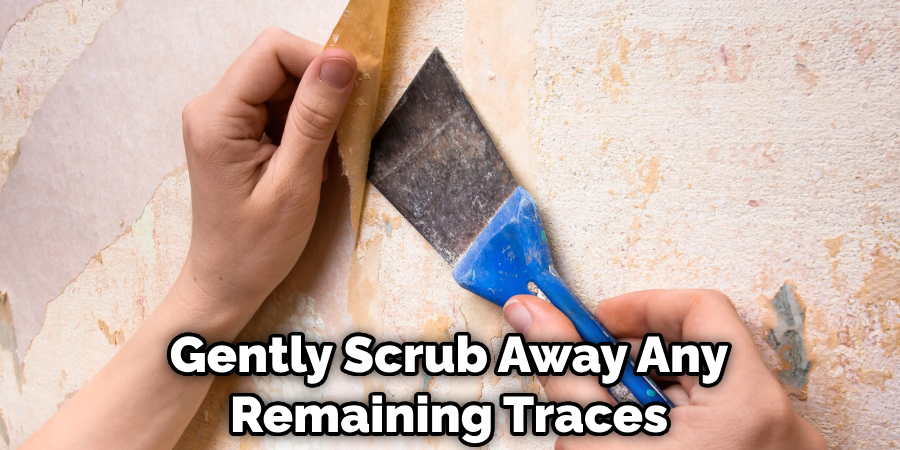
3 Advanced Techniques and Specialized Cases
Here are the advanced and specialized cases for how to remove glue from aluminum:
1. Removing Adhesives from Anodized Aluminum
Anodized aluminum requires a bit of extra care. For sealed anodized surfaces, stick to gentler solvents like acetone or denatured alcohol. And if you’re dealing with an unsealed surface, proceed with caution – harsh solvents or abrasives could potentially damage the anodized layer.
2. Adhesive Removal in Tight Spaces and Crevices
Sometimes, adhesive likes to hide in the nooks and crannies, making it a real pain to remove. In these cases, you’ll need specialized tools and applicators to get those solvents and abrasives deep into those tight spaces.
3. Large-Scale Removal Projects
If you’re tackling a massive aluminum surface covered in adhesive, you’ll need to think big. Efficient techniques, like power tools and industrial-strength solvents, might be necessary to make the job more manageable. But don’t forget to factor in time and cost considerations.
Post-Removal Cleaning and Maintenance
Once you’ve triumphed over that stubborn glue, it’s time to clean up and prep the surface for whatever adventures lie ahead. Degreasing and neutralizing the aluminum surface is essential to ensure a smooth, pristine finish.
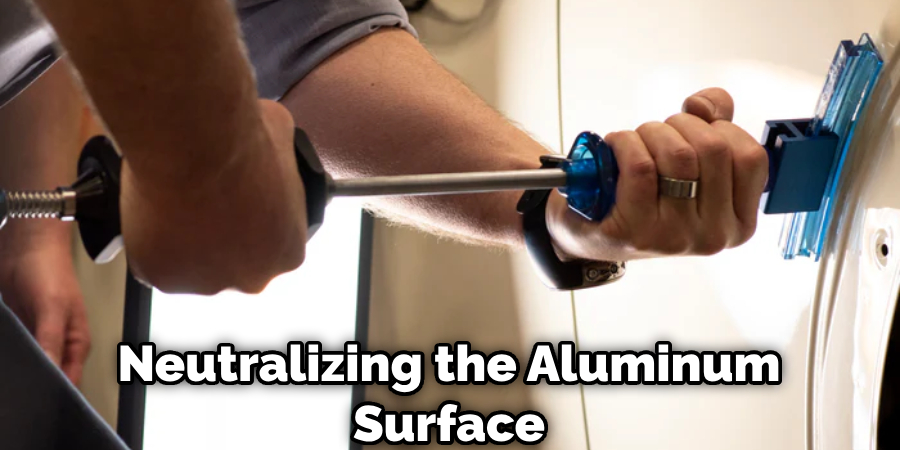
Consider using preventive coatings or sealants to protect your hard-won victory against future adhesive buildup. Regular maintenance routines can also go a long way in keeping those pesky adhesives at bay.
FAQs About How to Remove Glue From Aluminum
What Takes Glue Off of Aluminum?
To remove glue from aluminum surfaces, start with gentle methods such as applying warm, soapy water or rubbing alcohol to dissolve the adhesive. If these don’t work, escalate to stronger solutions like vinegar or commercial adhesive removers designed for metal surfaces, ensuring they’re aluminum-safe. For stubborn residues, lightly scrape the glue off with a plastic scraper, being careful not to scratch the aluminum. Always test any substance on a small, hidden area first and use protective measures like gloves and adequate ventilation when handling chemicals.
Does WD-40 Remove Adhesive?
WD-40 can effectively remove adhesive residue by spraying it directly onto the sticky area and letting it sit for a few minutes. After the adhesive has loosened, gently scrub the area with a cloth or soft brush, then wipe away the residue with a damp cloth. Finally, clean the surface with soapy water to remove any oily remnants. Always test WD-40 on a small area first to ensure it doesn’t harm the surface.
Does WD-40 Remove Glue?
Yes, WD-40 can be effective in removing glue from various surfaces. Its lubricating properties help to loosen the bond of the glue, making it easier to wipe away or scrape off. It’s particularly useful for sticky residues left by labels, tape, and stickers. However, it’s always a good idea to test it on a small, inconspicuous area first to ensure it doesn’t damage the surface you’re treating. Additionally, after using WD-40, you might need to clean the area with soap and water to remove any oily residue.
Conclusion
Removing glue from aluminum may seem like a daunting task, but with the right tools, techniques, and a healthy dose of perseverance, you can emerge victorious. Remember, safety should always be a top priority, and don’t be afraid to call in reinforcements (aka professional help) if the situation gets too hairy.
So, grab your trusty putty knife, don your protective gear, and get ready to conquer that adhesive like a true warrior. And if you ever find yourself in need of a battle cry, just remember: “Glue be gone, aluminum be pristine!”
